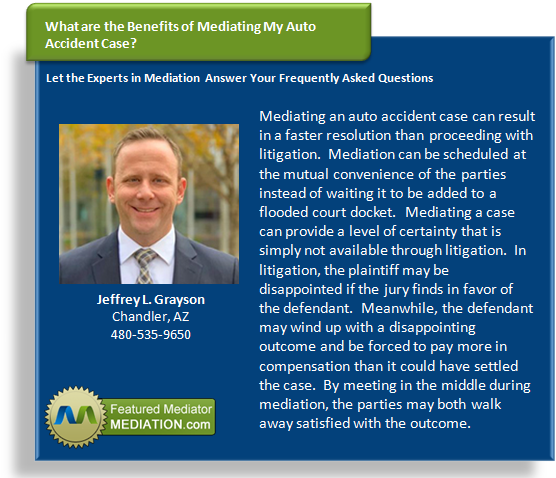What You Need to Know About ADR of Age Discrimination Claims
 Employers are prohibited from discriminating against certain employees and applicants who are of a certain age. Individuals who believe that they are victims of age discrimination may decide to pursue litigation based on age discrimination, or they may choose ADR instead. Read on to learn about what you need to know about age discrimination claims.
Employers are prohibited from discriminating against certain employees and applicants who are of a certain age. Individuals who believe that they are victims of age discrimination may decide to pursue litigation based on age discrimination, or they may choose ADR instead. Read on to learn about what you need to know about age discrimination claims.
What Is Age Discrimination?
The Age Discrimination in Employment Act is a federal law that prohibits discriminating against employees or applicants who are age 40 or older. Some state laws prohibit discrimination on the basis of any age while others prohibit discrimination for slightly younger populations. Discrimination can be firing or refusing to hire an employee or applicant because of his or her age. However, it can also be specifically recruiting younger people, changing evaluations so that they show negative reviews as the employee gets older or taking adverse action against an employee due to age reasons, such as demoting him or her, passing the employee over for promotion or laying off older workers instead of younger ones.
What Is Alternative Dispute Resolution?
Alternative dispute resolution encompasses alternatives to traditional litigation. While there are other forms of ADR, mediation and arbitration are the most common forms of ADR. Mediation involves using a third party neutral who helps the parties better communicate and possibly reach a settlement of a claim. Arbitration is a process in which parties select a decision maker from a list of arbitrators to decide the outcome of their dispute. They put on evidence and testimony like a trial, but the rules of evidence and procedure are usually relaxed. The parties decide before participating in the process whether the arbitrator’s decision will be binding or non-binding. ADR can often save the parties money, decrease the emotional damage and reduce conflict in the workplace.









